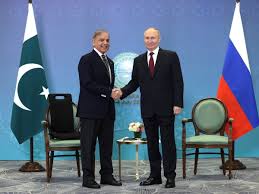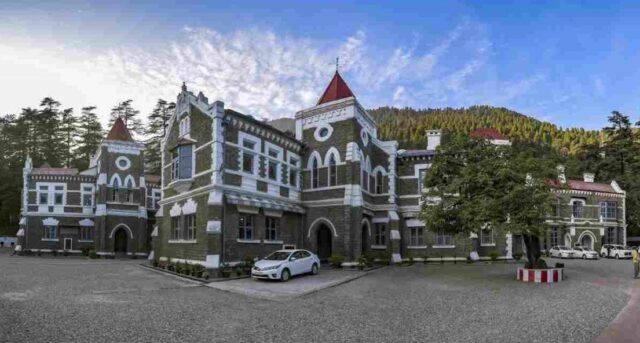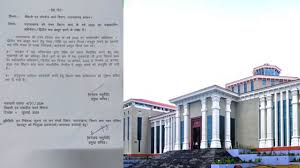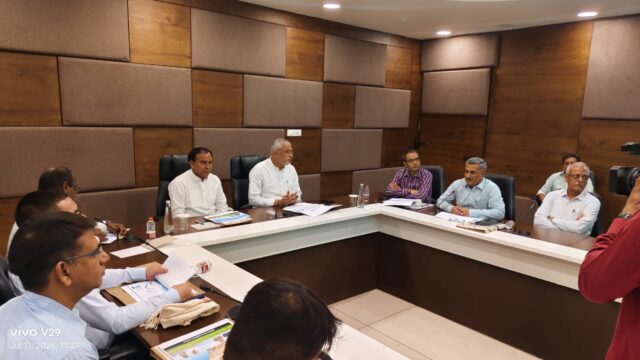Morality policing ends in Iran: Decision after 2 months of anti-hijab protests; Nearly 300 dead so far
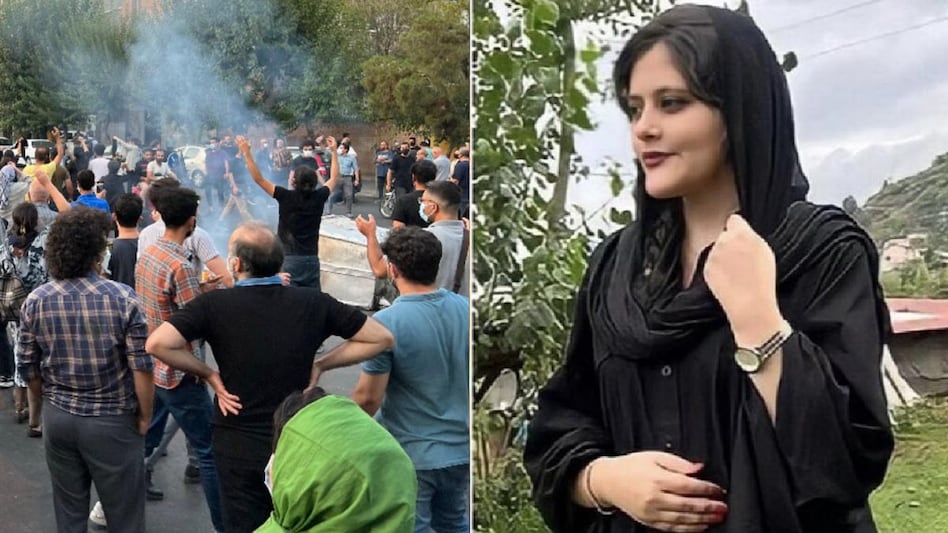
In Iran, the government has decided to end morality policing. Anti-hijab protests began in the country on September 16 following the death of 22-year-old student Mahsa Amini in police custody. According to media reports, 300 people have been killed so far in anti-government protests and thousands have been arrested and jailed.
The Moral Police takes strict action against people, especially women, who don’t dress according to the country’s Islamic law or break Sharia law in any way.
What did the government say?
Attorney General Mohammad Zafar Montajeri told the Iranian news agency – Morality policing has nothing to do with the judiciary. That’s why we’re ending it. Zafar was speaking at a religious conference in the capital Tehran. Here he was asked – why no action is taken on this policing.
In the local language, this Morality Police is called ‘Gasht-e-Ershad’. In English it is called Guidance Patrolling. It was launched in 2006 by the then President Mohammad Ahmadinejad.
During the era of President Hassan Rouhani, some relief was given regarding the veneer. Then women were allowed to wear loose jeans and colorful hijabs. When Ibrahim Raisi became the President in July, he implemented the old law very strictly.
How did the movement start?
On September 13, 22-year-old Mahsa Amini came to Tehran to visit her family. She was not wearing hijab. The police immediately arrested Mahsa. He died 3 days after his arrest, i.e. on 16 September. After this the matter came into limelight.
Against the moral policing of the government, the youth have made a mobile app named Garshad. About 20 lakh people have downloaded this app so far. The youth are sending secret messages through this. In view of this, mobile internet is closed in Tehran. However, despite all the efforts of the government, the anti-government protests are not reducing.
According to Iranian media reports, Amini had slipped into a coma hours after her arrest. He was taken to the hospital. The family says that Mahsa did not have any disease. His health was absolutely fine. Although his death is being told as suspicious. It is not yet clear what happened between Mahsa reaching the police station and going to the hospital, the reports said. A channel that monitors human rights violations in Iran said Amini died of head injuries.
The compulsory wearing of the hijab came into force after the 1979 Islamic Revolution.
Although the hijab was made mandatory in Iran in 1979, President Ibrahim Raisi signed an order on August 15 and asked to strictly implement it as a dress code. Before 1979, under the rule of Shah Pahlavi, Iran was quite liberal in terms of women’s clothing.
On 8 January 1936, Raza Shah implemented the Kashf-e-Hijab. That is, if a woman wears a hijab, the police will take it off.
In 1941, Shah Raza’s son Mohammad Raza took over the rule and banned the Kashf-e-Hijab. He allowed women to wear the dress of their choice.
In 1963, Mohammad Raza Shah gave women the right to vote and women were also elected to the parliament.
In 1967, Iran’s personal law was also reformed in which women got equal rights.
The marriageable age of girls was increased from 13 to 18 years. Also, abortion was made a legal right.
Emphasis was laid on increasing the participation of girls in education. By the 1970s, Iran’s university enrollment of girls was 30%.
Shah Reza Pahlavi had to leave the country in 1979 and Iran became an Islamic Republic. Shia religious leader Ayatollah Ruhollah Khomeini was made the Supreme Leader of Iran. From here Iran became the stronghold of Shia Islam in the world. Khomeini greatly reduced the rights of women.

